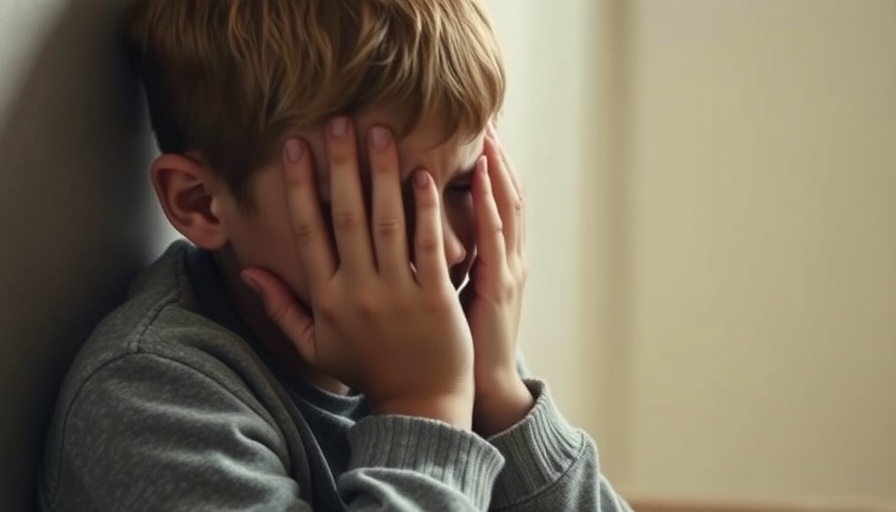
Bullying Video Sparks Outrage and Calls for Accountability in P.E.I.
The recent viral video depicting a brutal incident of bullying involving a nine-year-old girl from Kinkora, P.E.I., has ignited a public outcry for significant changes within the province's educational system. In the disturbing clip, the child is seen being taunted, kicked, and having her hair pulled, all while she sobs in distress. Alex Butler, the girl's father, has taken it upon himself to ensure that no other child experiences such torment. "It's not just my kid; I've heard stories from pretty much every corner of the Island," Butler stated, highlighting the systematic failure to address bullying.
The System’s Flaws: A Broader Issue
Butler's frustration is palpable as he describes a pervasive bullying culture that seems to be overlooked by the very institutions meant to protect children. According to Butler, the issues between his daughter and the alleged bully began at Somerset Consolidated School but were neglected by school officials. His concerns resonate with many parents across P.E.I., especially in light of troubling statistics from the recent COMPASS survey, which found that 31% of students in grades 7 to 12 experience bullying, significantly higher than the national average of 19%.
The Emotional Toll on Children and Families
For many parents, witnessing their children suffer in silence is a harrowing experience. The emotional repercussions of bullying can extend far beyond the schoolyard, affecting mental health, academic performance, and home life. As reported by child and youth advocates, the emotional scars left by bullying can persist well into adulthood. Parents, like Butler, are left grappling with a sense of helplessness as their children navigate an environment that feels increasingly unsafe.
Students Speak Out: A Clamor for Change
Students are also stepping up, expressing their frustrations and fears regarding bullying within their schools. Many have utilized social media platforms to share their own experiences, calling for awareness and actionable change. This wave of activism highlights how digital spaces can amplify voices in ways that were unavailable to previous generations. However, it also sheds light on the additional burden that cyberbullying adds to already existing issues, making it crucial for parents to stay vigilant about their children's online interactions.
Strategies for Parents: Engaging with Schools
In the face of such adversities, what can parents do? The first step involves open communication with children about their school experiences. Encourage them to share their feelings and any incidents that might occur. It’s equally important for parents to engage actively with school staff and advocate for effective bullying prevention programs. Many schools lack clear policies on bullying, and it’s essential for parents to push for comprehensive measures that educate both students and staff on the seriousness of the issue.
Community Responsibility: Beyond the School Walls
The responsibility to combat bullying doesn't solely fall on schools; it extends to the entire community. Local organizations, parents, and policymakers must collaborate to foster a culture of empathy and respect. Programs emphasizing social-emotional learning can provide children with critical coping skills and management strategies, mitigating the impact of episodes like those faced by Butler’s daughter.
Future Outlook: Hope for Change
Despite the grim state of affairs, there is hope. The outcry stemming from the video has prompted discussions among educators and local leaders about changing policies and improving bullying prevention resources at schools. Advocacy groups are calling for a clearer definition of bullying, stricter consequences for offenders, and improved reporting mechanisms for victims. As these conversations continue, the hope is that schools in P.E.I. may soon foster environments where children can feel not just safe but valued.
Take Action: A Call to Guardians in P.E.I.
For parents in P.E.I. and beyond, now is the time for action. Don’t wait for a crisis; engage with your children, understand their struggles, and stand up against bullying. Reach out to your local school boards and demand that bullying prevention become a staple in the curriculum. Together, we can create a community where every child has the right to learn without fear.
 Add Row
Add Row  Add
Add 




Write A Comment